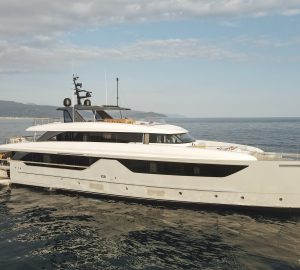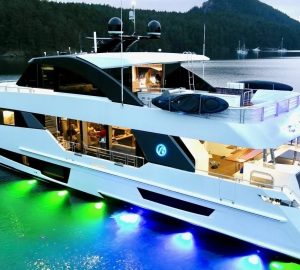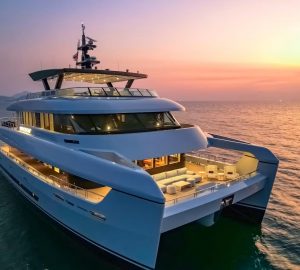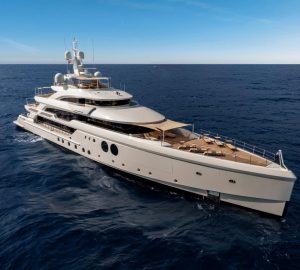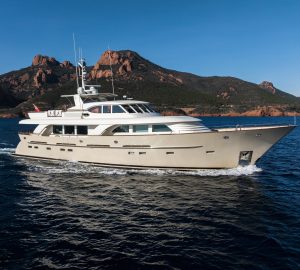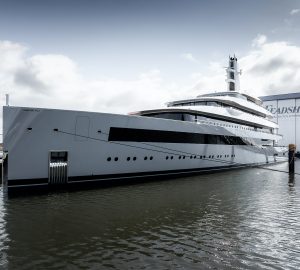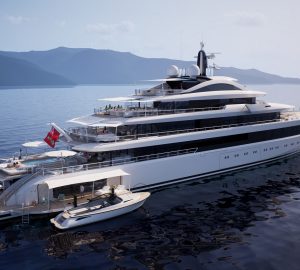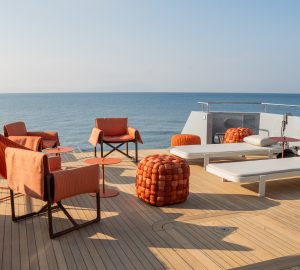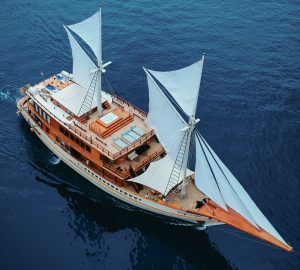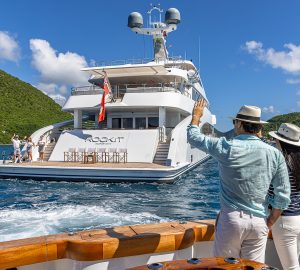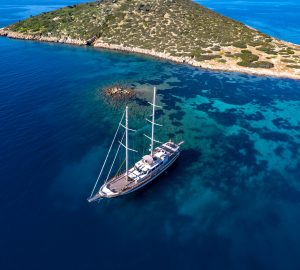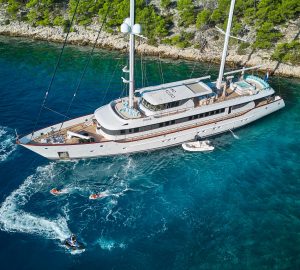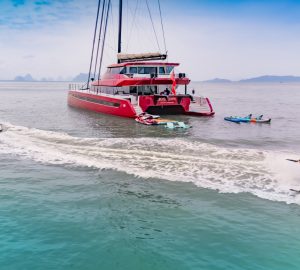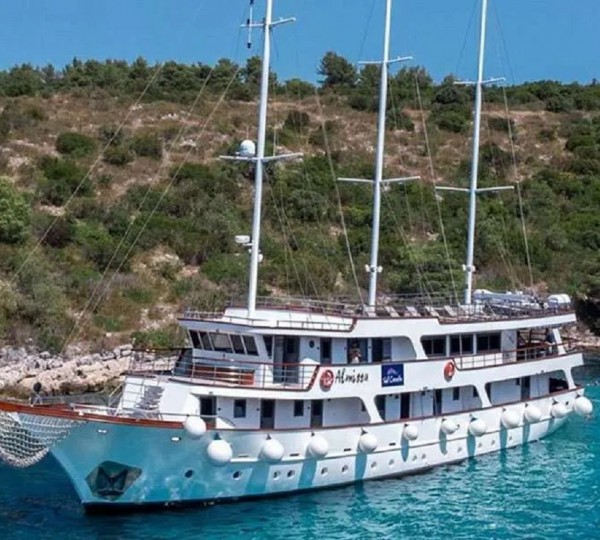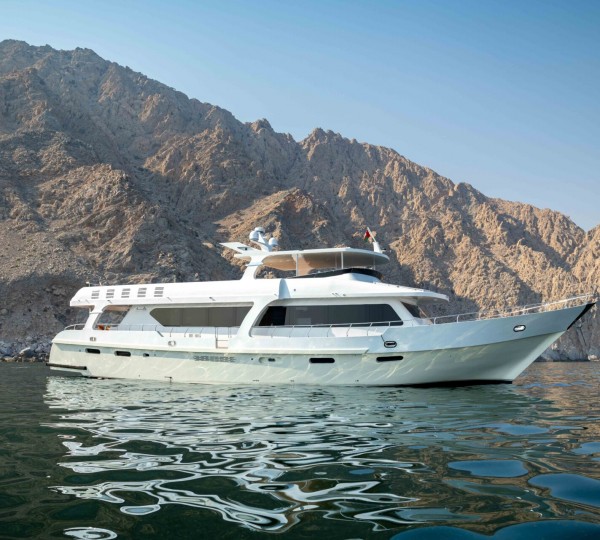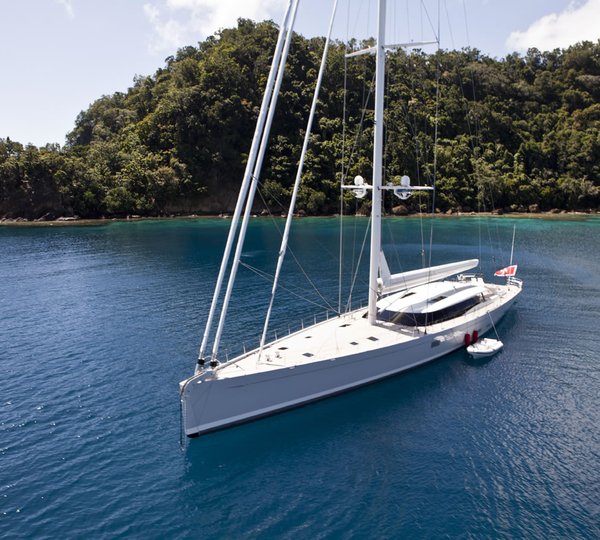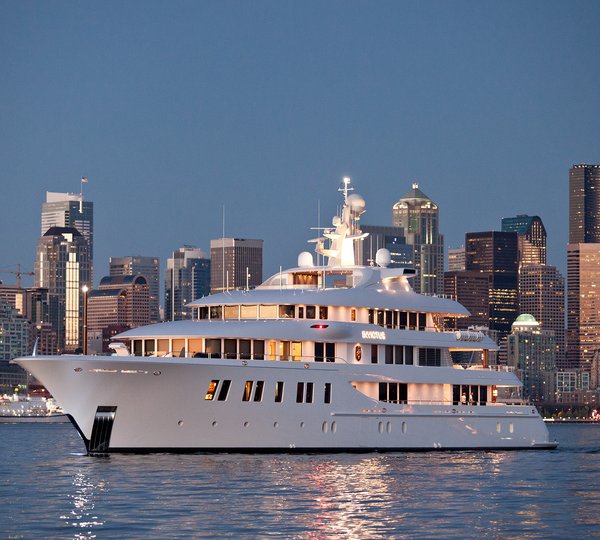As sailing fans met in Auckland to see their favourite teams in the Volvo Ocean Race, an international collection of scientists, engineers as well as designers were busy with studies of the complex forces and shapes that generate higher and higher sailing speeds.
Day one of the Fourth High Performance Yacht Design Conference in Auckland included a close examination of the aerodynamics involved and revealed something of the rigorous processes behind producing sail packages that provide a performance edge.
Emirates Team New Zealand designers Steve Collie and Nick Hutchins described the approach adopted by their CAMPER entry in the Volvo race, which began with wind tunnel testing and computational fluid dynamics (CFD) simulations in parallel to gain a good understanding of the aerodynamics.
With only a four-month design window, there was a premium on using theoretical tools to obtain fast and reliable results. In this regard, ETNZ is familiar with the University of Auckland’s twisted flow wind tunnel, which it has used extensively over the past 18 years for its various campaigns.
The Volvo programme began in the tunnel, scale model testing an entire sail inventory from the previous edition of the race. Each sail was tested across a wide range of wind angles and at three different heel angles. “Over the course of three days, 216 tests were carried out fully covering our initial sail inventory across the range of wind speeds and true wind angles expected for the race.”
ETNZ designer Roberto Biscontini used this data to formulate a computer model of the sail inventory on which to run CFD simulations. Discrepancies between the computer results and the wind tunnel data were analysed and resolved, although the authors explained: “We did not try to directly validate the wind tunnel against the CFD. Realistically, this requires a long dedicated session in the tunnel focusing on a small number of sails and trims.
“Our focus was on getting a large collection of data for a wide range of sails so that we could quickly get a VPP (Velocity Prediction Program) up and running and gain some understanding of the likely sail inventory.
“By using CFD we were able to look more precisely at some of the areas where we needed more information and we were able to update our VPP modeling accordingly.”
Then, as the hull and appendage design proceeded, the sail design process continued, constantly refining the aerodynamic elements to best suit the package being developed for the on and under-water elements. This involved repeated cross referencing in the wind tunnel and on the computer.
“During the boat design phase, sail development was carried out using CFD and wind tunnel testing concurrently with a series of wind tunnel sessions where benchmarks were established,” the authors reported.
“In between the wind tunnel sessions, CFD work continued and the sail shapes were further developed in conjunction with the sailors and sail designers. Often the CFD results would produce developments that needed verification in the wind tunnel.
“Updating the VPP was a continual process, as it is important to be designing the hull and appendages based upon the most suitable sail inventory.”
The designers found that the tunnel and CFD models each have strengths and weaknesses, but if these are understood, the two methods complement each other.
The twisted flow wind tunnel was efficient at generating a huge amount of information and was able to generate aerodynamic models for a Volvo 70 VPP in a matter of days.
It was also excellent at comparing sails, but it could be difficult to determine why one sail performed better than another.
CFD simulations, on the other hand, were useful in helping understand where performance gains were made. The simulations were precise and repeatable, allowing for subtle changes in trim and sail shape and for refining the VPP.
With many thousands of miles still to run in the Volvo Ocean Race, the ETNZ designers were happy to share the process, but stopped short of revealing the outcomes. “Unfortunately, the results of the sail development studies cannot be published due to confidentiality,” they said.
A paper presented by David Le Pelley and Peter Richards, both from the University of Auckland, with Dale Morris from Southern Spars explored a system that would enable yacht racing teams to calculate aerodynamic forces on sails at full scale and in real time.
Using a combination of cameras to record sail shapes and an array of pressure sensors, they set out to develop a system to deduce the drive and heeling moment of sails in various trim states.
“The aim of this study was to produce a cost- and time-effective system that could be used by yacht racing syndicates to improve their knowledge of sail design.”
Wind tunnel tests were conducted on a model of the AC90 yachts that were proposed but never developed for the 33rd America’s Cup. Full scale tests were run on a Stewart 34 yacht in the Hauraki Gulf.
In each case, the sail shapes were captured by the VSPARS system using cameras to record three sets of horizontal stripes set at the quarter, half and three quarter heights of the sails. Adjacent to each stripe was an array of eight pressure sensors to measure the aerodynamic force.
By combining the pressure and shape measurements through a program the authors have named FEPV (Force Evaluation via Pressures and VSPARS) they were able to deduce the aerodynamic forces and moments generated by each sail.
The wind tunnel and full scale tests showed good correlations, leading the authors to conclude: “The system proved to function well at full scale and provided repeatable measurements of aerodynamic performance.
“Using only a small number of pressure transducers, the system is simple and cheap enough to be used as an aerodynamic analysis tool by yacht racing teams.”
The High Performance Yacht Design Conference is kindly supported by New Zealand Trade and Enterprise, Auckland Tourism Events and Economic Development, North Sails NZ, Core Builders, SP High Modulus.


